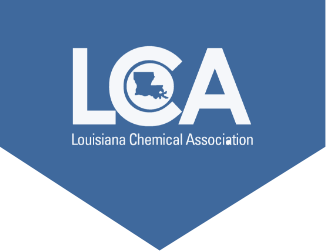Carbon Capture & Sequestration
Carbon Capture technology is a proven way to safely reduce emissions and help Louisiana reach the goal of Net-zero by 2050. Net- zero refers to a state where the same amount of C02 emissions that are being emitted are also being captured or removed from the atmosphere.
Across the U.S., communities are facing the impacts of a changing climate, a reality we know all too well in Louisiana. Since the 1970s, more than 200 million tons of CO2 has been captured and safely injected underground.
What is Carbon Capture?
Carbon capture is the process of capturing and then separating carbon dioxide from an industrial facility before it enters the atmosphere. The captured C02 can then be permanently sequestered in geologic pore space deep below the Earth’s surface.
Is it safe?
More than 400 million metric tons of C02 has already been placed worldwide in stable pore space over a 50-year time period. There are 29 permanent sequestration wells operating worldwide. The United States Environmental Protection Agency Class VI well permits for sequestration are strict and well above the international standard. They are some of the strictest well permits in the U.S., well beyond what is used for oil and gas wells. The permits also obligate companies to monitor sites for a minimum of 50 years after sequestration has ceased. The sites are extensively monitored at all times.
Will it impact drinking water?
The sequestration process does not fracture rock, rather the C02 is absorbed into the rock. Carbon sequestration occurs deeper than a mile below the earth’s surface; water tables are found around 100 feet. Additionally, the rock formations are covered by a layer of caprock, which serves to ensure the carbon is permanently sequestered. Caprock is a seal or an impermeable layer of rock that C02 cannot travel up through.
Why is this good for Louisiana and why Louisiana?
This technology will help Louisiana reduce emissions and will help make the state economically competitive. We have an opportunity to be a leader in this technology which could bring economic and cultural growth to our state. Louisiana’s geology is some of the best in the world for permanent geologic C02 sequestration and Louisiana has a highly trained, skilled workforce capable of constructing and operating permanent geologic sequestration projects and the necessary associated infrastructure.
Resources



